For a long time, I always wanted to write a blind test photo review. This time I finally had a chance. I have a habit, like to collect photo artifact, in recent years watching smart phones in the imaging quality and functionality continue to progress, and gradually shorten the distance between the card machine, micro-camera, and my heart is also very excited. This article selected three different eras of photographed artifacts to cross the battle, at the beginning of the fear of a great disparity in strength, but after the completion of the entire test, the author discovered that the PK battle is very nice, three models are inextricably linked.
We look at the evaluation article will always be the preconception of the impact of our objective judgments that Samsung Apple's mobile phone must take pictures of cattle, domestic flagship followed, thousands of machines are basically bottom, less than 500 yuan mobile phone do not participate in Hengping. Today we broke the tradition. In the following horizontal review, we did not tell readers the models of three mobile phones. We replaced them with prototype 1, prototype 2 and prototype 3. The end of the full text will be announced again and the three mobile phones will be summarized.
According to the convention, all the proofs of this article use the maximum output pixel value of the three prototypes to shoot, and at least 5 photos are continuously taken in the same scene, among which the most stable one is selected as an example. Let us first look at the performance of the daytime scene.

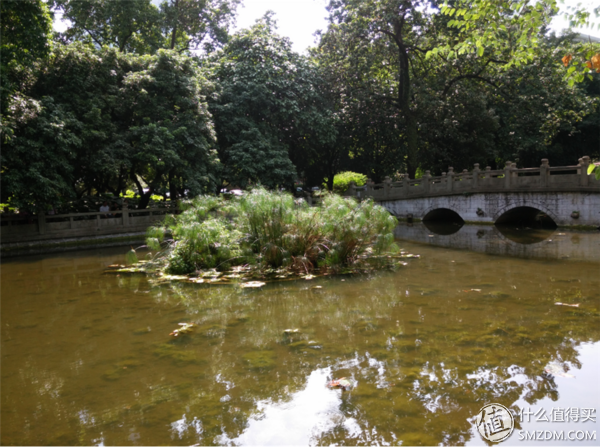

The color performance of the three mobile phones underwent a process from the elegant -> rich -> elegant, the first two proofs more faithful to restore the naked eye to see the color. The leaves in the middle and at the end of the sample near the sky appear purple, and we can see it without zooming in on details. From the overall perspective, the three-dimensional proofs have a strong three-dimensional sense and are clearly structured.



The situation in the second scenario seems to have changed. Sample 1 and prototype 2 have similar performances. Instead, prototype 3 has become a style. Prototype 1 and Prototype 2 have different degrees of rich and beautiful traces, and prototype 3 is relatively simple and elegant. However, prototype 3 had no problems with the first two prototypes, and the overexposure in the sky was more serious. Prototype 1 has the best control, and prototype 2 is the second. Because they are all photo artifacts, they do not need to zoom in on the details.
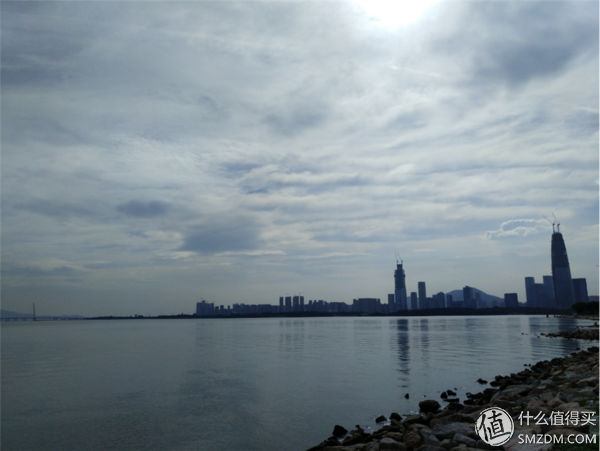


Master tricks, the sky part of the cloud is inextricably linked, and the sea and the sky are in perfect harmony. It is a bit of a pity that the white balance was inaccurate on proof 1 and the picture was blue. Sample 2 underexposure, proof 3 exposure in place. The overall perception is still better than proofs 3, whether it is the remote sky and the sea, or the restoration of rock details in the immediate vicinity.
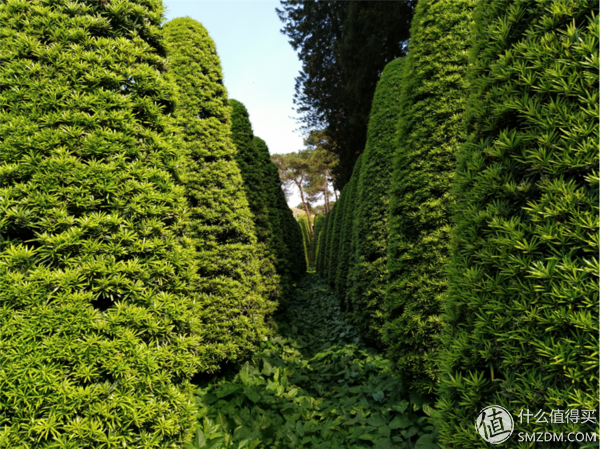
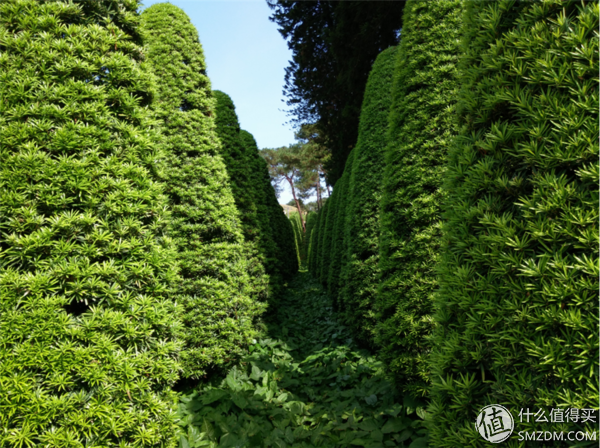
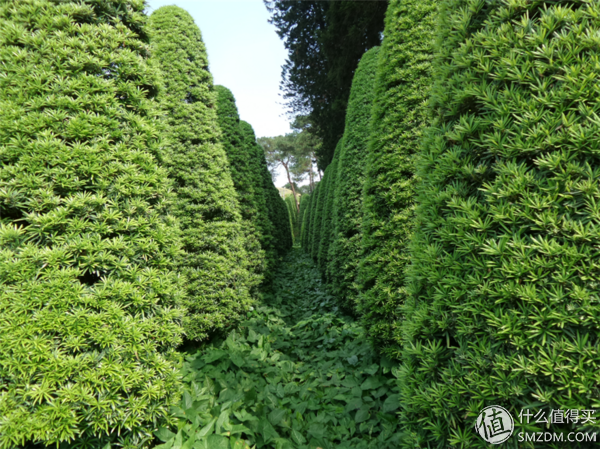
The human eye is more sensitive to green things. Mobile phone manufacturers often optimize their algorithms on green objects. Sometimes they are overly colorful. Fortunately, the three mobile phones in this article are more or less accurate in terms of color control. If you are nitpicking, prototype 1 is slightly yellowish, especially the trees on the left, and the prototype 2 parts are underexposed, similar to prototype 1. Prototype 3 exposure is the best of the three phones in this link.
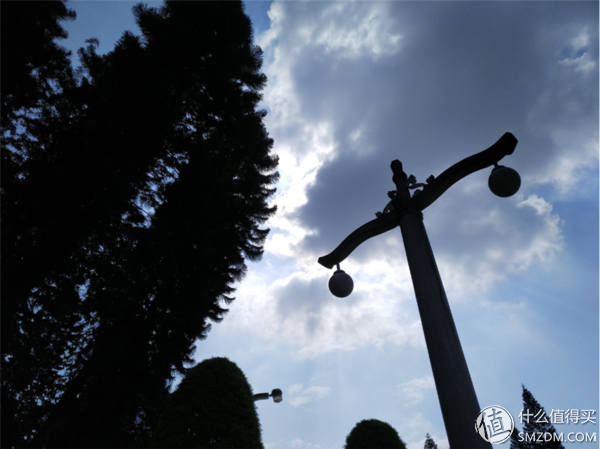
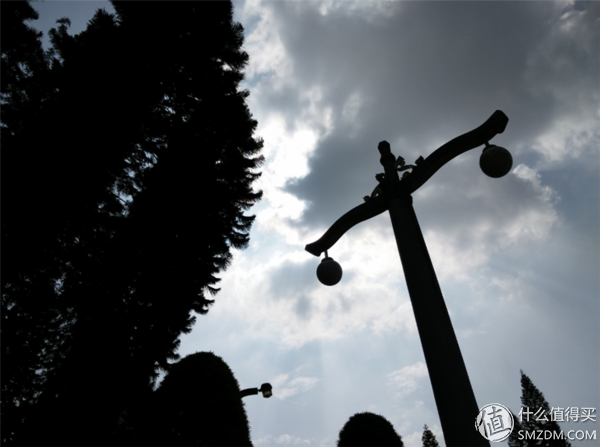

Faced with the backlight scene, the performance of the three models is remarkable. Under the premise of not enabling HDR, prototype 3 performs best, whether it is white balance, detail restoration of dark parts, or overall exposure and latitude control. Prototype 1 still has a blue-ish screen, and Prototype 2 is underexposed, losing a lot of dark details. Of course, the expression of prototype 2 is more suitable for depressed partners to sip on Weibo, and dark clouds are dead and heavy.
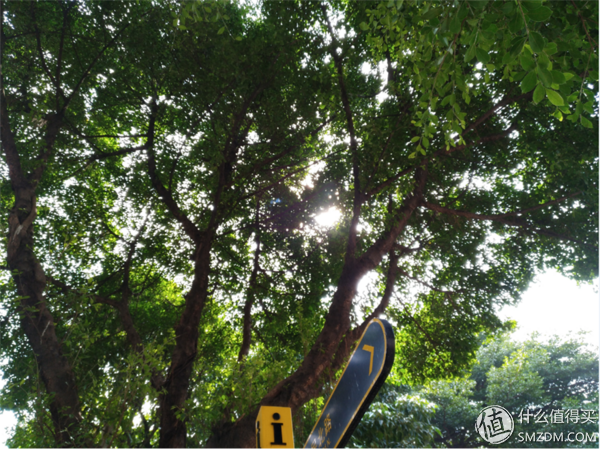


The prototype 1 that was severely hit in the previous session started to counterattack at this stage and almost did not see any glare. Prototype 2 performance is not very good, prototype 3 ..... I have been unable to look directly. With regard to prototype 3, the author confirmed that the lens had been wiped clean, and that it was the same in many similar scenes.

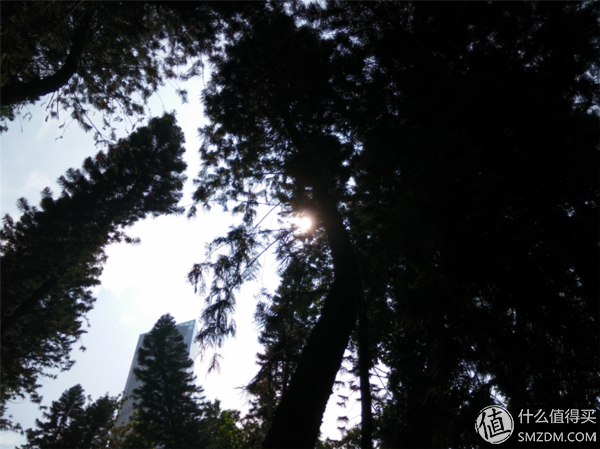

Once again verifying the conclusion of the above scenario, prototype 3 does not perform well. As long as it is facing the direct sunlight, the glare rate of the lens is basically kept above 90%. Prototype 1 and Prototype 2 try to narrow the sunlight in a circular range.
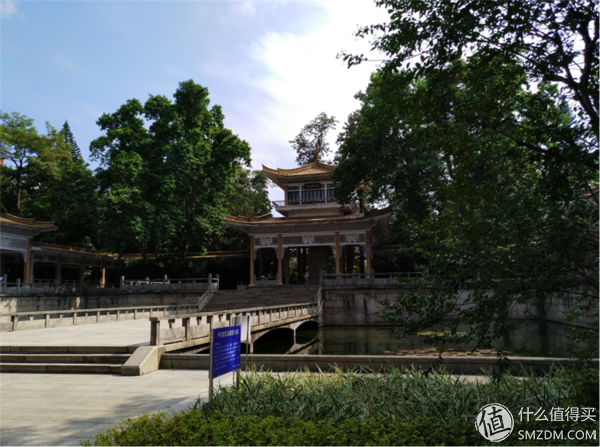


At first glance, the resolving power of the three phones is still good, and we zoomed in on the details of the center area.


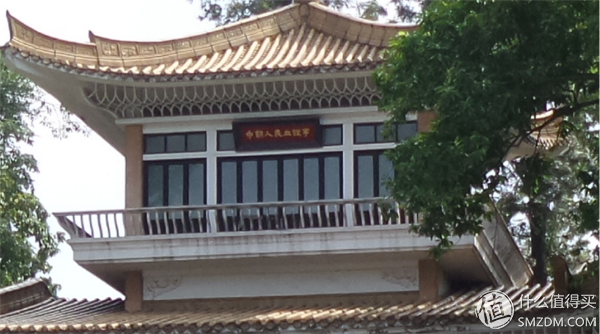
Tiles, tiles, leaves, railings and other details of the performance of the three models are still confessed, but the most critical is the middle of the seven words above the plaque. Sample 1 and Sample 3 are even better, although Sample 2 is behind, but the gap is not too great. In recent years, the improvement of the resolution of the IMX series sensors is obvious to all.

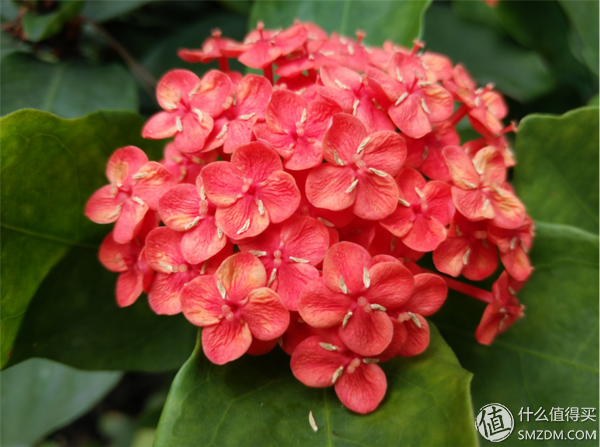

The blur ability of the three models is still good. On the other hand, the sense of depth between the flowers is more prominent, which makes the whole plant more three-dimensional. The proof 2 red is obviously modified and is different from the original flower color, proving that prototype 2 is a mobile phone that is sensitive to red.
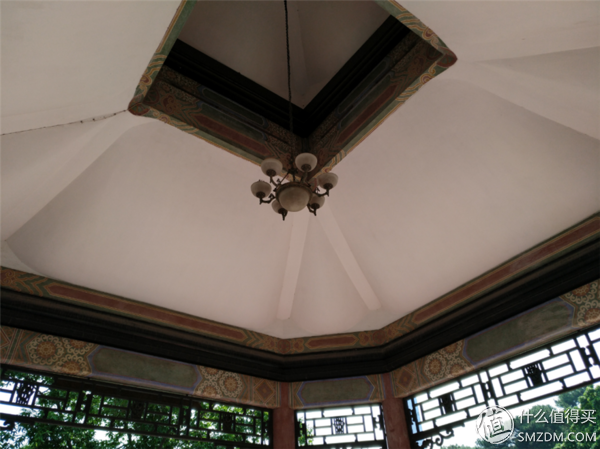
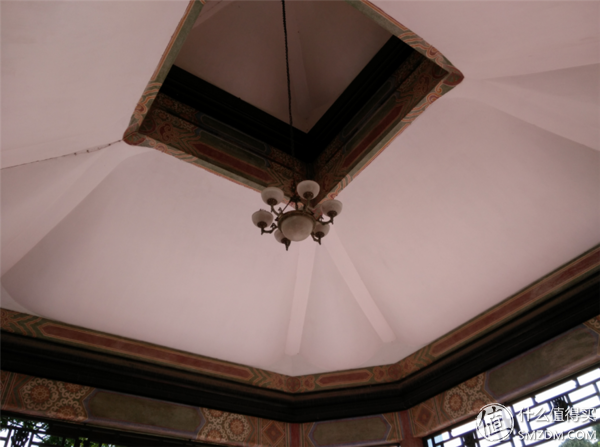

The details of the dark part of the prototype 3 are more abundant, white balance of the prototype 1 and the prototype 3 is not a problem, the white balance of the prototype 2 is obviously reddish, the white area of ​​the screen has already appeared red, once again proving that the prototype 2 main camera is more sensitive to red.
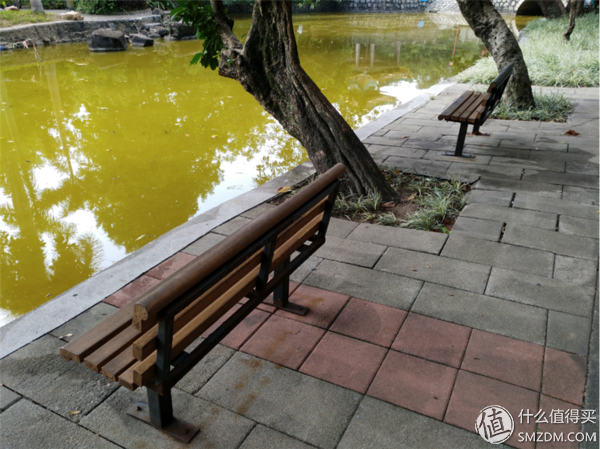

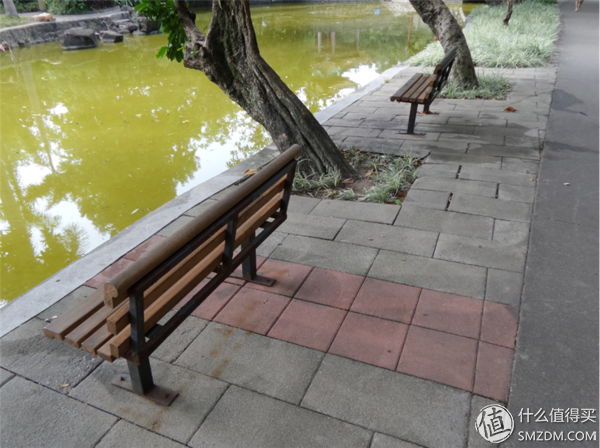
The performance of the three mobile phones in this set of proofs is highly similar, but we can still judge the specific performance from the color of the ground. The prototype 2 is still a bit reddish, and the colors of the prototype 1 and the prototype 3 tiles are more in line with the naked eye. It is worth mentioning that prototype 3 continues to show the advantages of a wide-angle lens and can capture more images.
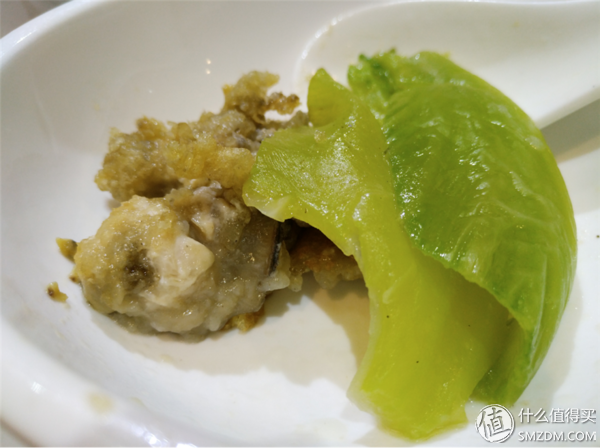


We transferred the shots to the indoor drug testing session. For the matching of patties and mustard, the three flagship photos were similar, but due to the difference in white balance and color temperature, they looked different from each other. Careful observation, because the aperture of the prototype 1 and the prototype 2 is larger, resulting in a certain degree of ambiguity in the position of the cake, but the prototype 3 can well retain the clarity of the food body.
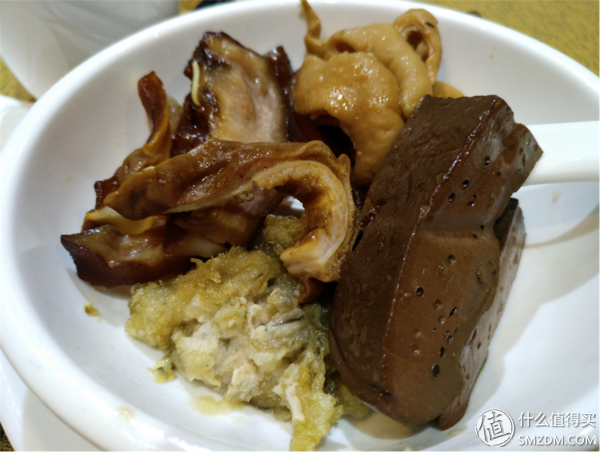
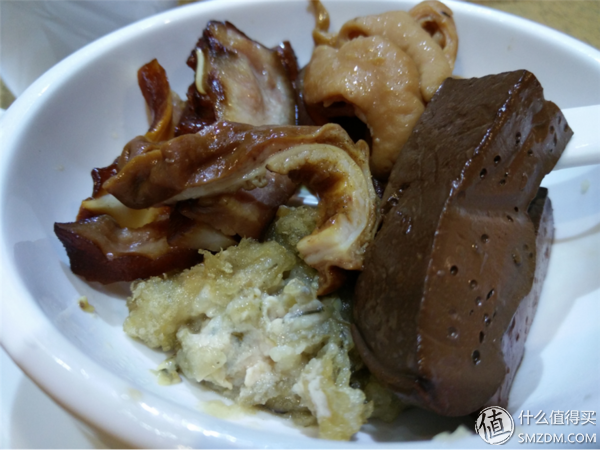

Taking into account the prototype 3 wide-angle lens will have a certain influence on the horizontal comparison of this link, in the drug testing link, I will properly tailor prototype 3 prototype. Prototype 2 has not chosen the automatic white balance in this link well enough. Prototype 1 and Prototype 2 proofs have appeared in the upper half of the food in the bowl and have become blurred. Prototype 3 proofs can be used to make these positions available. However, in terms of three-dimensionality and sense of hierarchy, prototype 2 is still slightly superior, and the relative positional relationship between several foods is more in place.

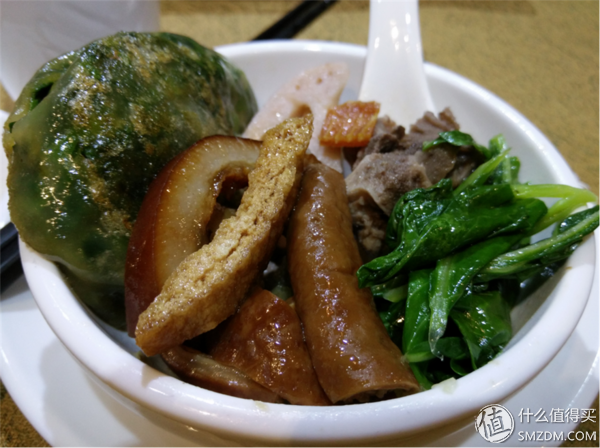

The problem of partial pinking of the prototype 2 picture has been improved, while the problem of blurring of the prototype 1 and the prototype 2 still exists, and most of the photographs taken by the prototype 3 are real. As for the degree of green reduction that everyone is more concerned about, it seems that only prototype 2 is a bit over the fire, and the green color of prototype 1 and prototype 3 is more natural, whether it is amaranth cake or cabbage heart.
Daytime proofs and drug testing summary : prototypes 1 and 2 have larger apertures, so they can take advantage of the advantages of macro links. Prototype 1 and Prototype 2 will make the photo look more gorgeous, and Prototype 3 will just be the opposite. As a photo artifact, the performance of prototype 2 white balance occasionally reddish green is indeed unacceptable. The resolving power of the three mobile phones is obvious to all and is basically the flagship level. In terms of exposure control, Prototype 3 has a relatively high latitude and Prototype 1 and Prototype 2 are occasionally underexposed. The last thing that needs to be pointed out is that the glare problem of prototype 3 is rather serious. Try not to use it to directly aim at the sun to shoot proofs.
Next, we will focus on assessing the progress of smart phones in recent years - the night scene. Let's take a look at the case of a beat, three artifacts can play with the night vision instrument?



As always, prototype 3 has a larger range of wide angles, so it has more scenes for storage. Similar situations will occur in other scenarios below, and they will not be explained one by one. In terms of brightness, the performance of prototype 1 is undoubtedly more superior. Not only is the exterior wall of the building extremely bright, but the details of leaves, road signs and other details in the dark areas have also been restored. In terms of white balance, prototype 3 is slightly reddish. Although prototype 1 has higher brightness, it also brings flooding to reduce the contrast of the picture and make the dark sky white. Relatively speaking, prototype 2 is more balanced and white balance is closer to the naked eye. Of course, taking pictures at such a low brightness, the natural noise of the sky is terrible, and none of the three mobile phones has any clever abuse of the smearing algorithm, so the details of the reservation are fairly remarkable.
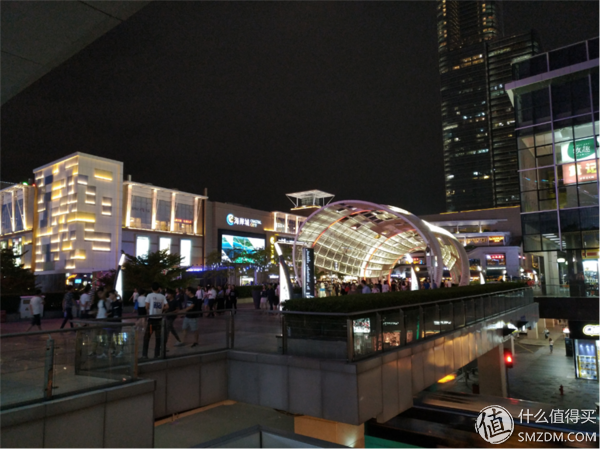


The night scene encounters more complicated scenes of light, many thousands of machine estimates have been paralyzed, and three photo artifacts can naturally survive. The performance of the sky is still better than prototype 2, and the feeling of being close to pure black is very quiet and relaxed. In addition to this, the three players showed a tie in this round, and the balance between the highlights and the shadows reached a relatively good balance. Want to enlarge proofs? Do not worry, there will be a dedicated resolving power PK link below.

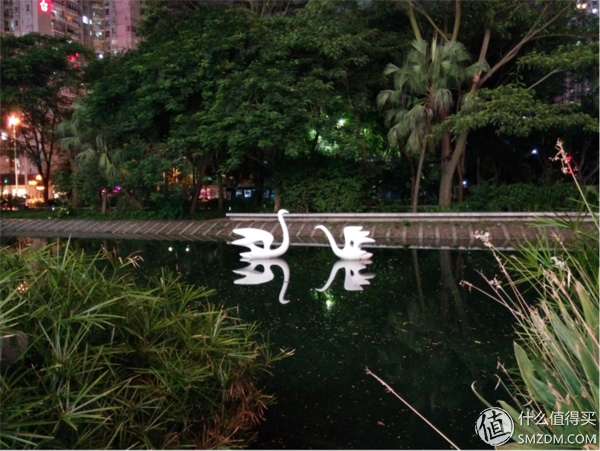
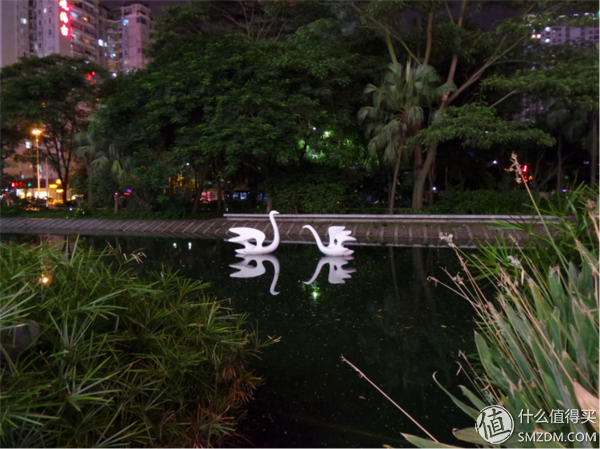
In terms of the brightness and white balance of the swan, prototype 1 and prototype 2 perform well, and prototype 3 is a bit inferior. Of course, because the brightness of the former two is higher, the swan's outline has a sloppy edge, which is an obstacle. Look and watch. In the green expression of the trees in the distance, prototype 2 performed best, followed by prototype 3, and prototype 1 was a little yellow. Prototype 1 exposure increases focus on the central area of ​​the swans themselves, resulting in a feeling of opening flashes, especially in comparison with prototype 2. As for Prototype 3, it was somewhat underexposure, and the dark parts of the center area were lost. The overall performance of prototype 2 is better, and it combines the advantages of prototype 1 and prototype 3.

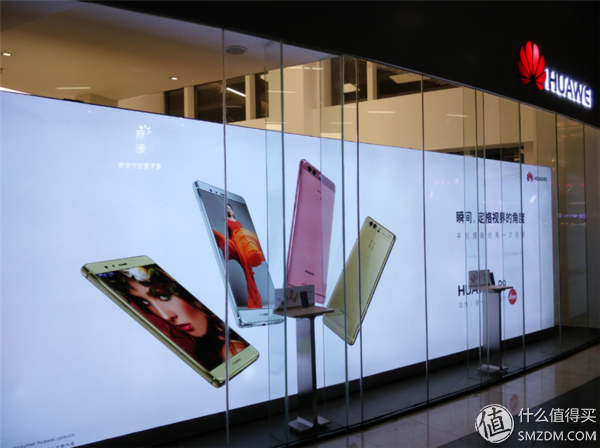
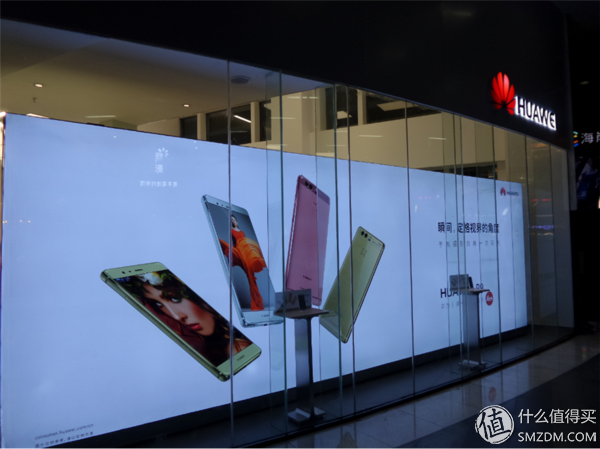
Come to the scene where the contrast between light and darkness is relatively large, first look at the white balance, and prototype 2 defeats the other two flagships again. The prototype 1 is greenish blue and the prototype 3 is blue. It is exactly because of the white balance advantage that the overall brightness of the prototype 2 looks higher from the naked eye. At the same time, in the details of the shadows, the prototype 2 has also been relatively well-repaired, such as the Huawei P9 prototype and product introduction cards on the central regional booth.
Then we started the PK night resolving power, which is also the pain point that the smart phone couldn't look at in the past few years. Look at how much progress has been made after years of sharpening. We zoomed in on the central area of ​​the scene above, and the overall performance of the three mobile phones is basically tied.
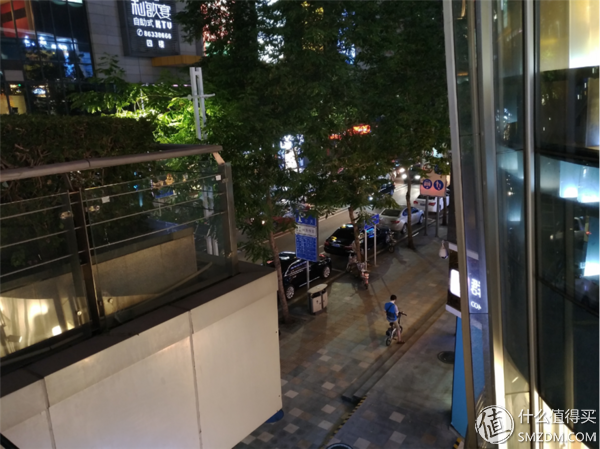
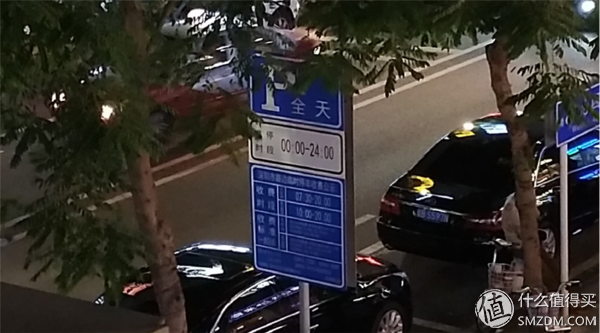
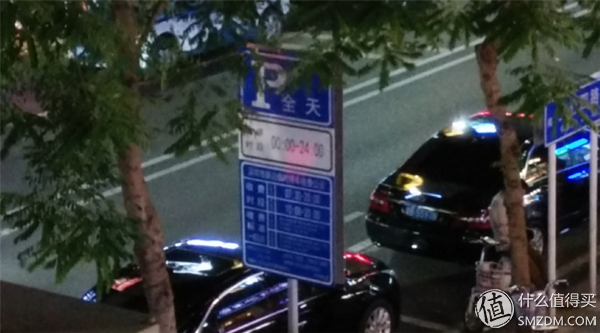
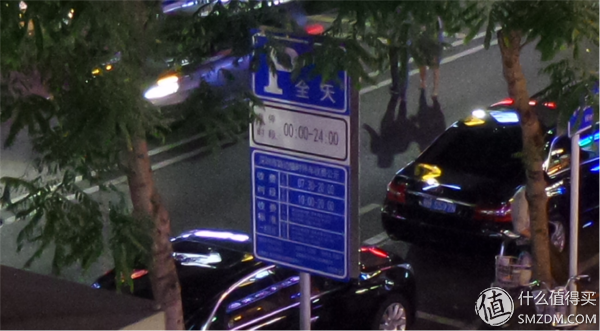
Prototype 1 finished bursting with two other phones. The large part of the phone basically didn't have to guess. The prototype 3 was barely visible. Some of the details required brain supplements and conjectures. As for the prototypes with good performance in the first few links, this scene completely collapsed, and several consecutive proofs did not perform well. Not far away from the license plate, only prototype 1 can be basically restored.
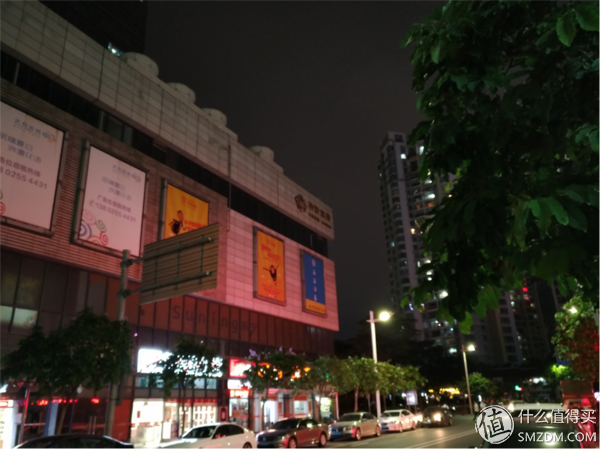

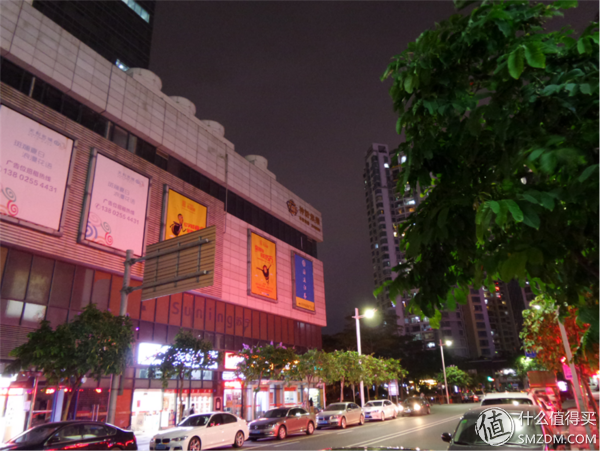
Just finished boasting prototypes1 and planted them in a more complex scene. Without zooming in on details, we all know that prototype 2 and prototype 3 have better resolution. At the same time, the three prototypes are remarkable in dealing with glare on street lamps. We zoom in on the central area to see the details.


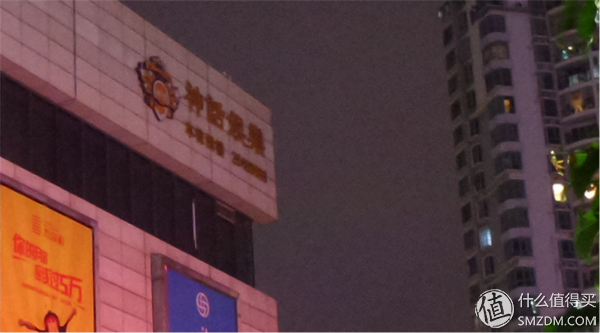
Prototype 3 is always reddish, but the mythical entertainment signs are still clearly visible. Prototype 2 can also be seen. As for prototype 1, it can be washed and slept. Although the prototype 2 wins the white balance and resolving power, it is difficult to escape the denseness of the fate, similar to the prototype 3, but the poor performance of the prototype 1 can well control the noise, of course, I do not rule out the benefits Smear algorithm. However, when Xiao Cheng was defeated by Xiao He, the details were also removed.


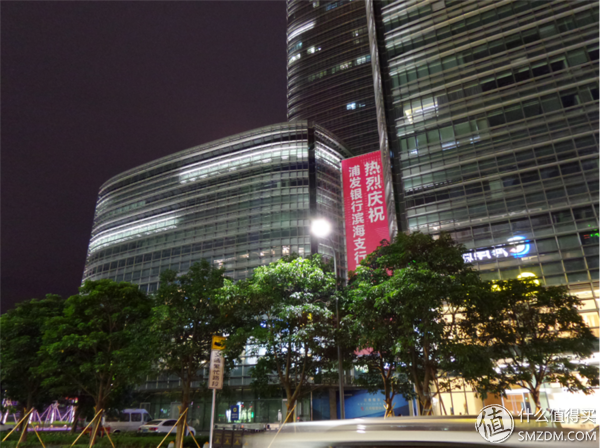
The three prototypes in this scene are very consistent, whether it is the sky or the white balance of the trees, the glare of the streetlights, and the expressiveness of the red posters. Of course, as mentioned above, prototype 2 is more sensitive to red, to a certain extent aggravating the expressiveness of the red element.

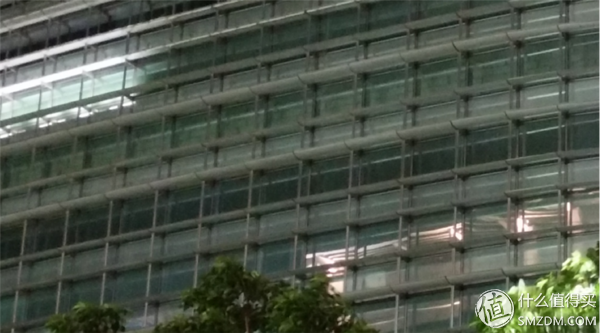
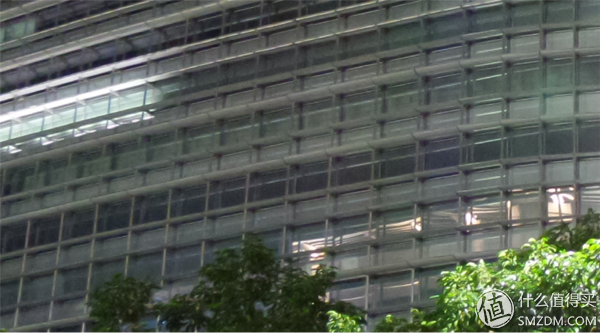
Whether the three mobile phones can be used as a photo artifact to obtain such resolving power is considered to be a good one. Of course, the prototype 1 performs relatively better in this aspect.
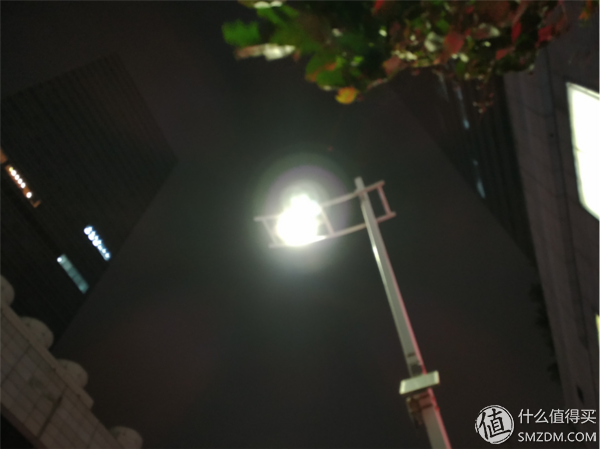
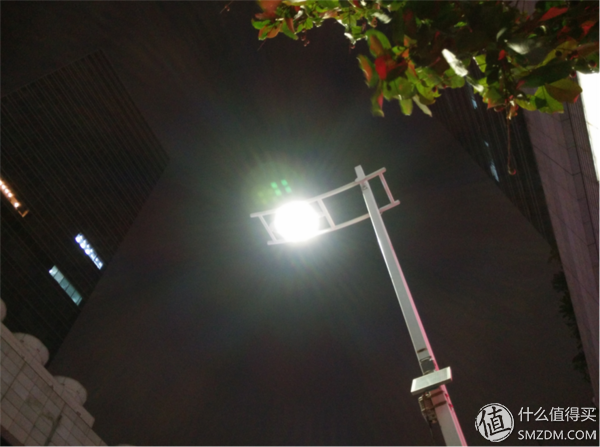
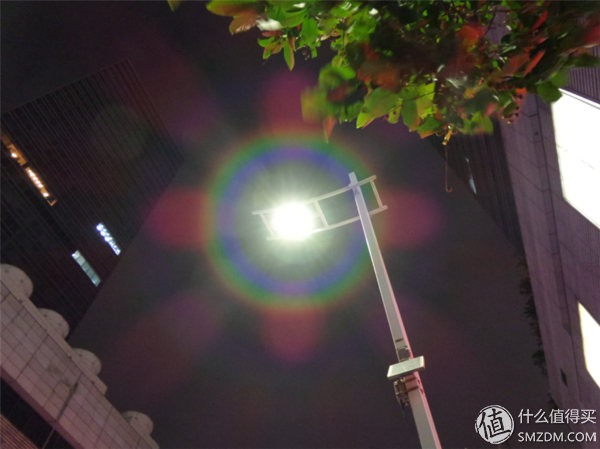
Only the lower and the lowest is my profound experience of this scene. The flooding of prototype 2 and prototype 3 is relatively serious, which reduces the contrast of the sky. The biggest problem with prototype 3 is that even if the lens is wiped clean, as in the case of the daytime, as long as there is light source direct proofs, there will be a large area of ​​glare.

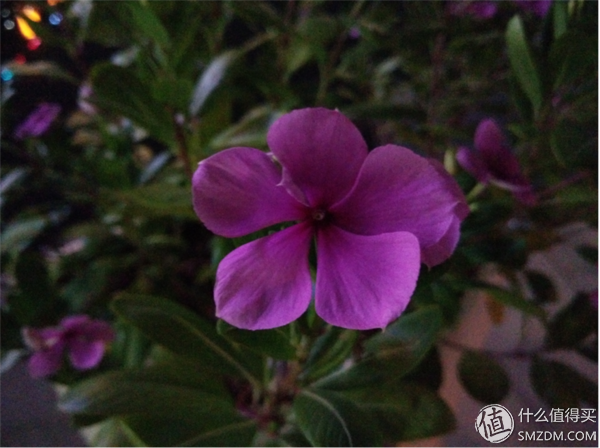
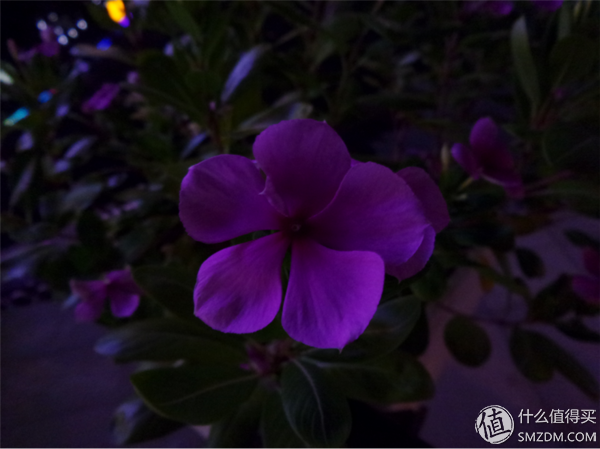
Although the prototype 2 has the highest brightness, the overall appearance of the prototype 1 is better, especially the blur effect of the background. Although the brightness of prototype 2 is very high, but the background blur is not enough to force, causing the screen to be disorganized, and the appearance of the protagonist is lost for a moment. Although the prototype 3 also reduced the brightness, but compared to the prototype 1 effect is not so natural and the heart. It is undeniable that the three handsets perform at a macro level, especially at night when the macro performance is remarkable. This scene caused a tragedy during the shooting process, which made the author need to stay in place for a long time to be able to capture the success. Optical image stabilization did not exert its anti-waste film effect at this stage.
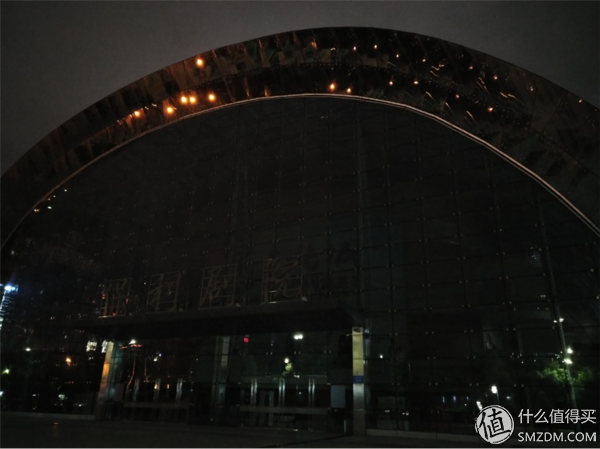

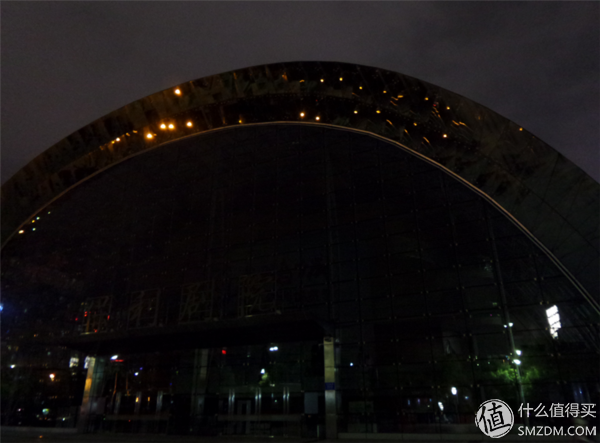
According to the first shot, it was said that the shooting was good guidelines, and finally the low-light scene prototype 2 again defended successfully, opening a relatively large brightness, but the sky noise is a bit miserable. Prototype 1 is closer to the actual situation seen by the naked eye. Prototype 3 was clearly underexposed and lost to the other two models in this session. Relatively speaking, the lower brightness of the prototype 1 and the prototype 3 do a better job in controlling the sky noise.
Night proofs summary : The performance during the day is not particularly good for the prototype 2 in the night scene to defend the success, the night shoot artifact title grab back. As for prototype 1, it is not bad, but the white balance is somewhat affected by the flooding problem. There is no problem with the analytical power of the prototype 3, but the brightness, that is, the exposure control needs to be properly adjusted, and many scenes have the problem of partial exposure.
Blind assessment results : prototype 1 is nubia Z11, using IMX298 sensor, 16 million pixels. Prototype 2 is vivo Xshot, using IMX214 sensor, 13 million pixels. Prototype 3 is a Samsung K Zoom with 10x optical zoom and 20.7 million pixels, the latter two being the flagship for the previous two years. All three models have optical image stabilization lens sets.
Looking at the performance of various scenes during the day and night, the nubia Z11 at the latest relative release time did not win the other two flagships of the past. Some scenes still have room for improvement compared to vivo Xshot and Samsung K Zoom. On the other hand, we also see that the video technology in recent years is continuously improving. The ability of mobile phone manufacturers to master the optical image stabilization lens group has become more mature. At the same time, phase focus and DTI image quality enhancement technologies have also been introduced. However, in the field of optical zoom has stagnated, since the Samsung K Zoom, the industry has rarely launched a classic optical zoom phone. The 15 year ASUS ZenFone Zoom and this year's Moto Z's Hasselblad lens module did not once again set off the climax of the year. The Hasselblad lens module still has the highest zoom factor of only 10 times.
Each of the three handsets has its own fatal flaw. The nubia Z11 occasionally reduces the contrast of the screen due to the floodlight, increasing the brightness but affecting the white balance, especially the performance of the sky in the night scene. Vivo Xshot lost in the white balance often red spot, this is similar to vivo X5Pro. Samsung K Zoom's resolution of 20.7 million pixels is still worrying, and exposure control needs to be improved.